
Colorado legislators have advanced an EPR bill through the House. | Ambient Ideas/Shutterstock
Colorado’s much-watched extended producer responsibility bill for packaging crossed a key threshold this week and is now heading for the state Senate.

Colorado legislators have advanced an EPR bill through the House. | Ambient Ideas/Shutterstock
Colorado’s much-watched extended producer responsibility bill for packaging crossed a key threshold this week and is now heading for the state Senate.
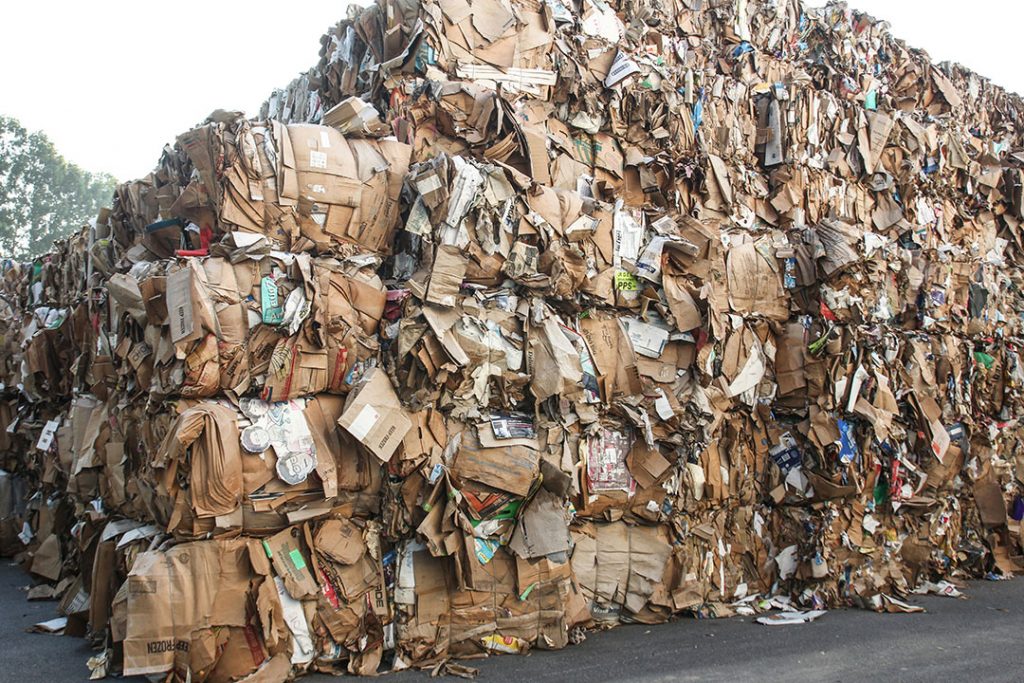
Paper recycling has moved to the center of the EPR debate in Colorado. | olephoto/Shutterstock
Municipal recycling advocates and the fiber manufacturing industry are at odds over a producer responsibility proposal in Colorado, underscoring a major rift in the push for stronger recycling policy.
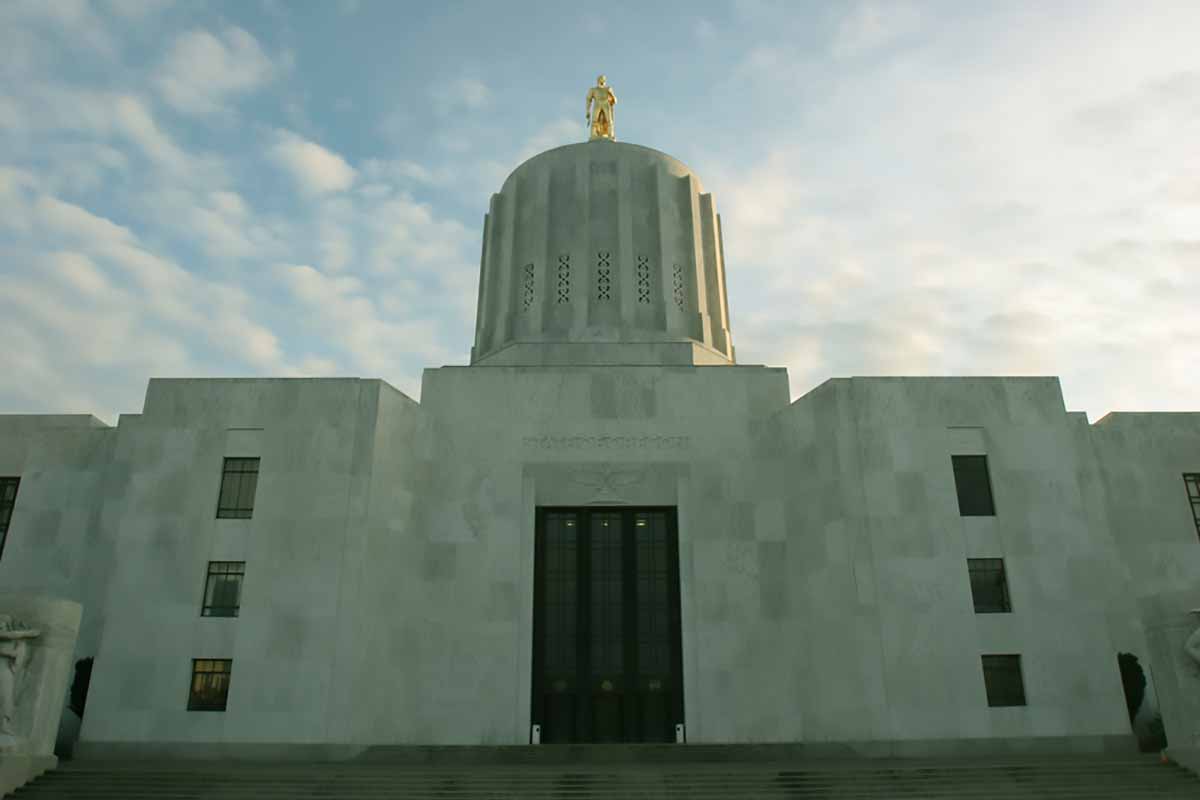
Oregon legislators have sent an EPR bill to Democratic Gov. Kate Brown for a final signature. | Noah Strycker / Shutterstock
The Oregon House and Senate last week approved a bill establishing extended producer responsibility for packaging and adding other elements to the state’s recycling system, including new requirements for MRFs and an evaluation program for product labels. Continue Reading
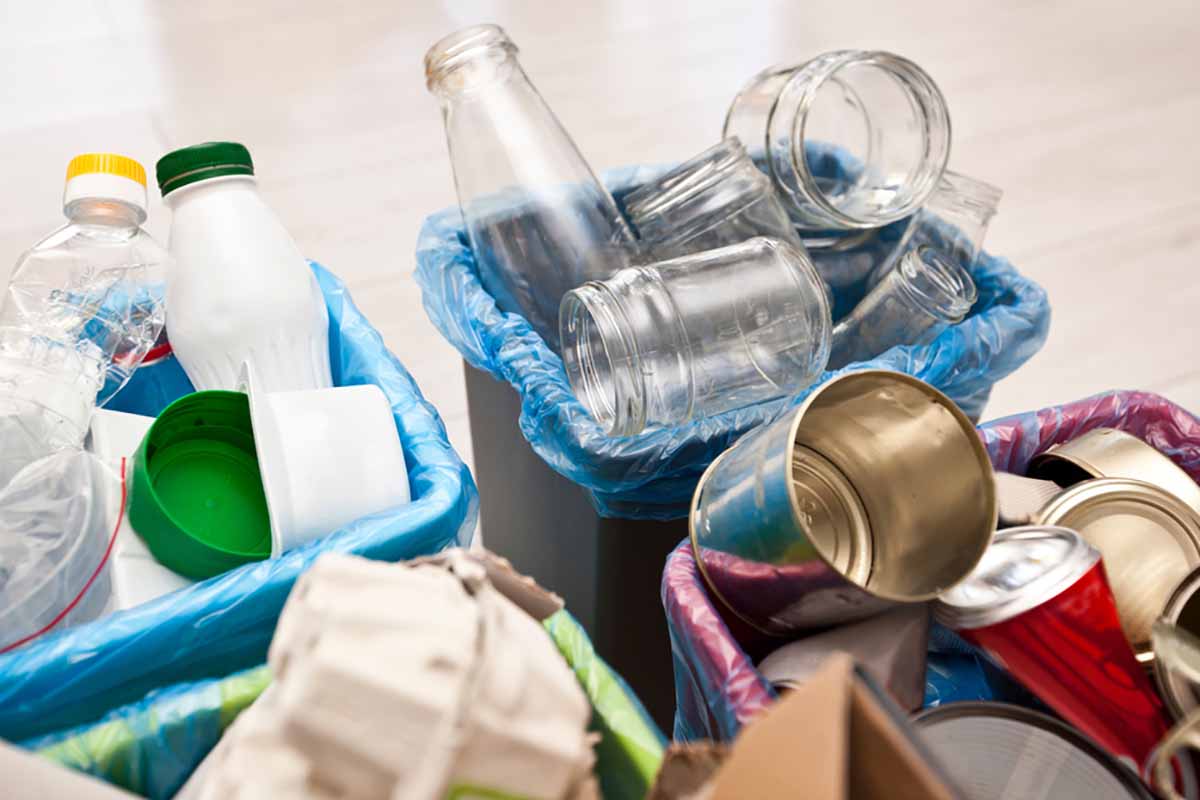
Packaging EPR programs are currently in place in parts of Europe, Canada and elsewhere, but to date, this system hasn’t reached the U.S. | Skylines/Shutterstock
Extended producer responsibility for a wide range of recyclables is gaining steam around the country. Haulers and MRF operators say it’s critical that these proposals are crafted well – both to preserve what already works and allow for much-needed changes.
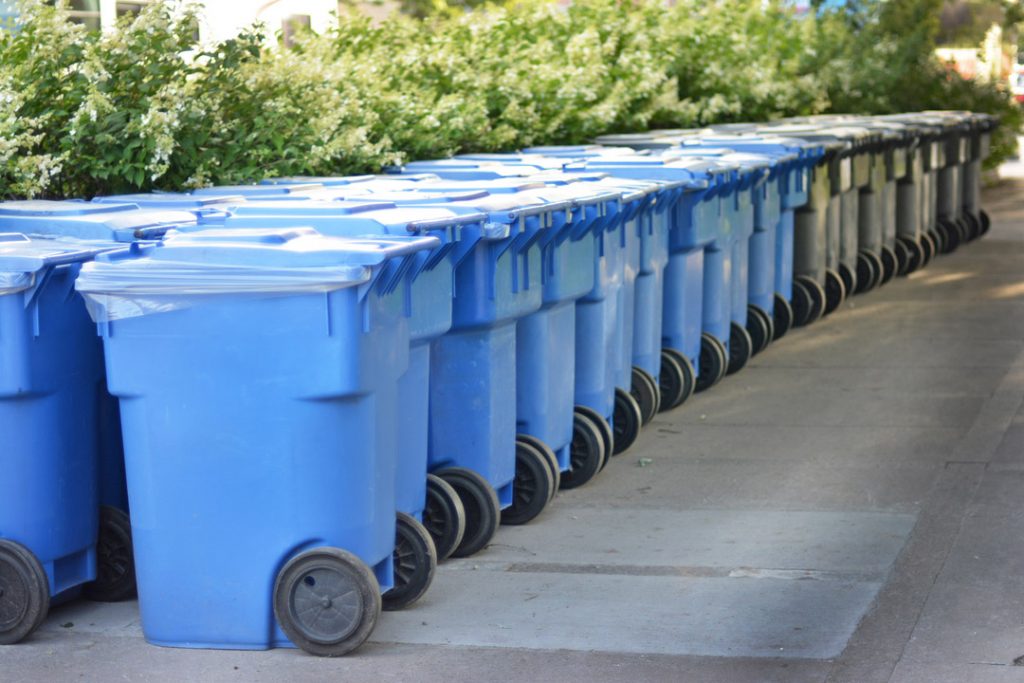
A steering committee is reviewing five scenarios to potentially reshape the future of recycling in Oregon. | kipgodi/Shutterstock
Industry leaders in one West Coast state are pondering a variety of different frameworks to help recycling programs and processors find greater resilience in the wake of National Sword. Producers may ultimately be asked to play a big role in the solution.
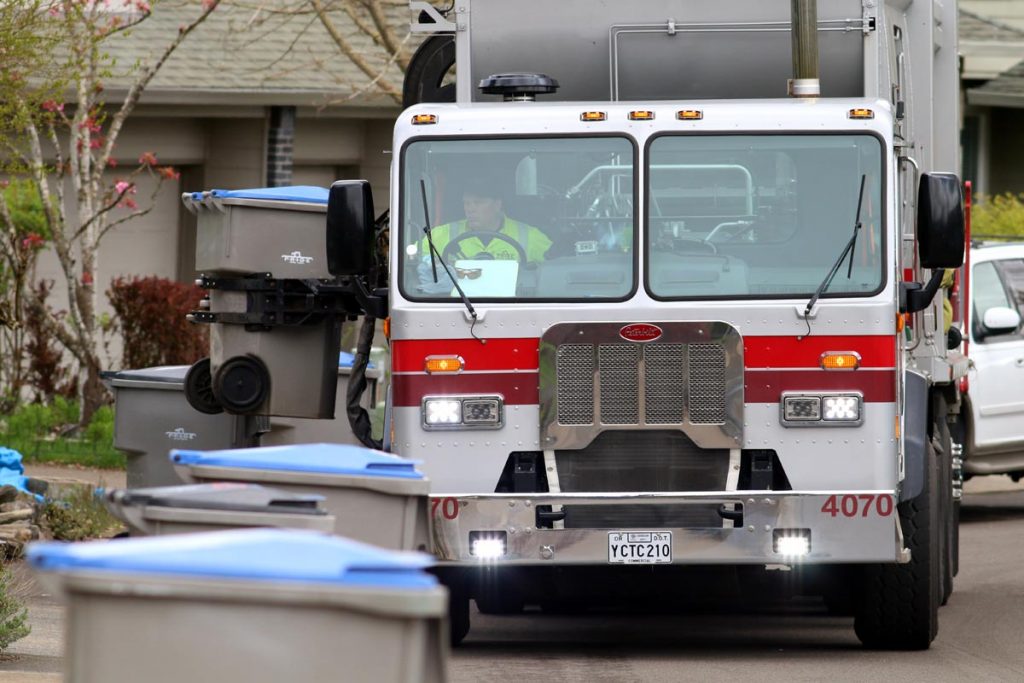
EPR bills, proposed in a number of states, aim to improve curbside collection and more. | Jared Paben
Last year, Maine and Oregon each passed major pieces of recycling legislation that incorporated elements of extended producer responsibility (EPR) for packaging, a strategy in which producers are mandated to fund packaging recovery in those states. Continue Reading
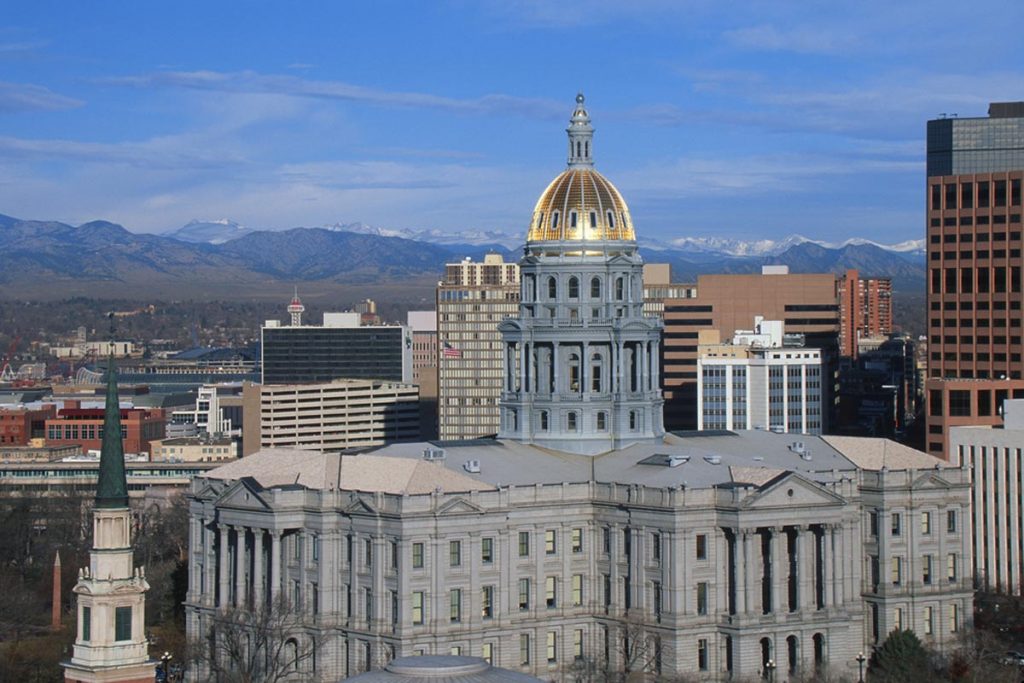
Colorado’s Capitol building in Denver. | Joseph Sohm/Shutterstock
Colorado and Hawaii are both working to pass extended producer responsibility bills this legislative session that are tailored to fit each state’s needs. Continue Reading
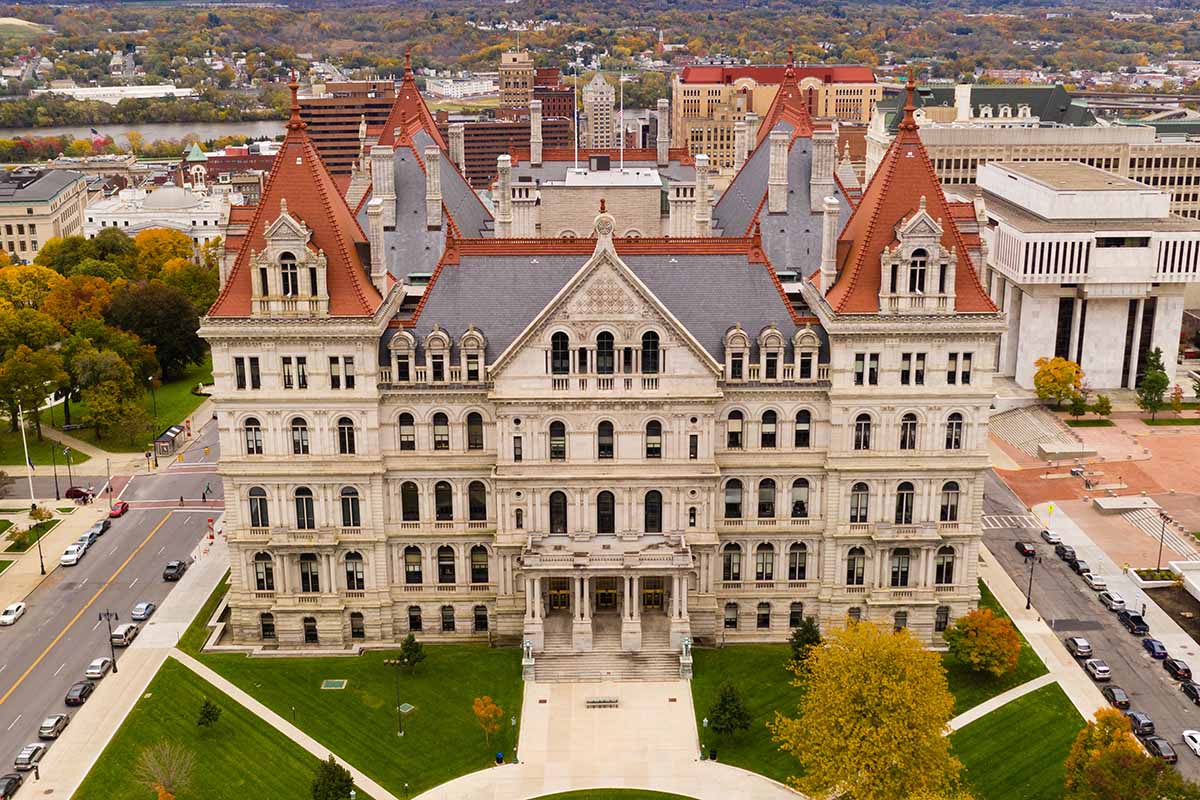
The New York State Capitol in Albany. | Real Window Creative/Shutterstock
In recent days, a proposal for extended producer responsibility was sidelined in New York, and Iowa lawmakers sat deadlocked over legislation to update the bottle bill.

